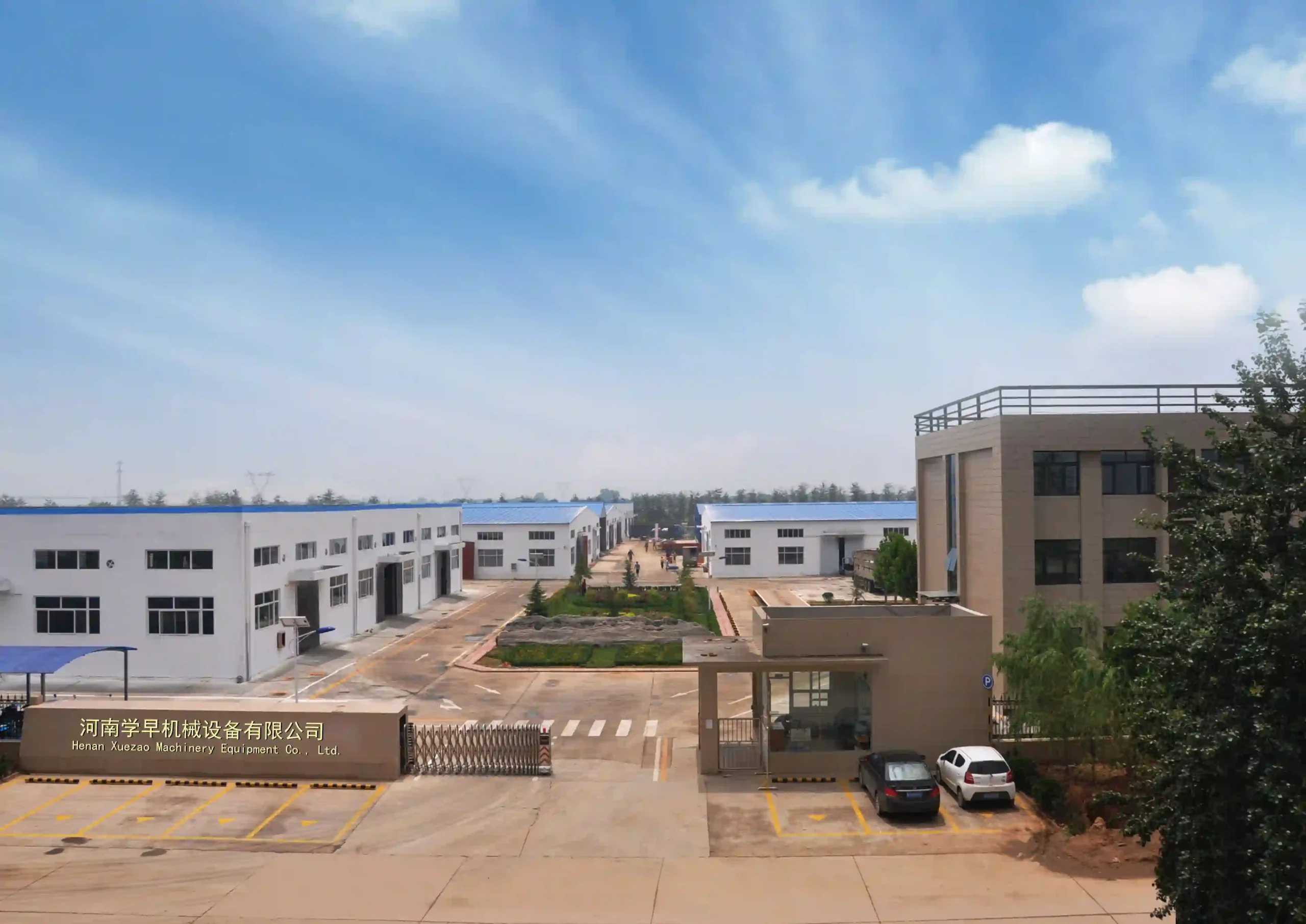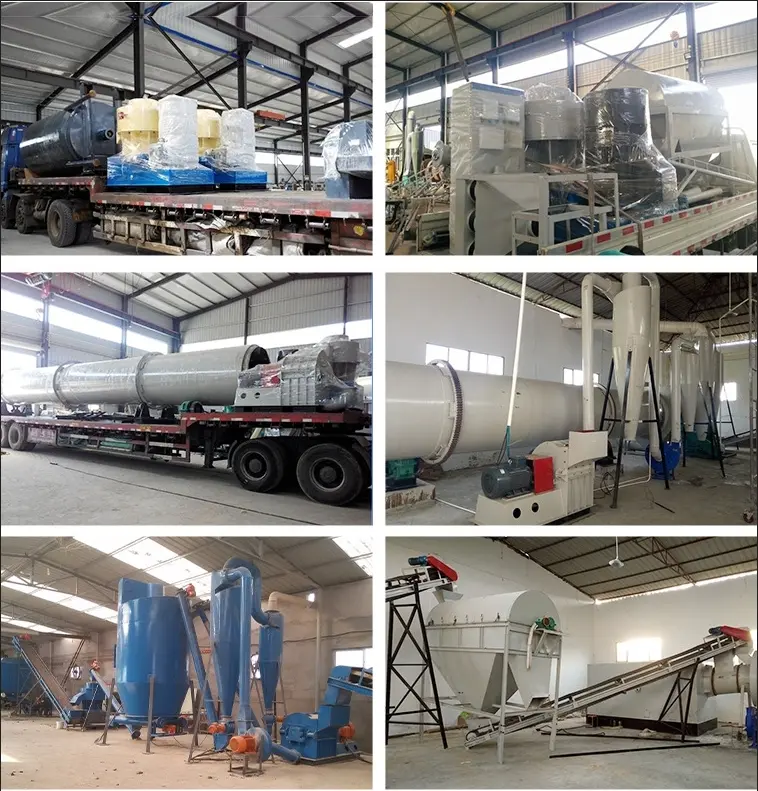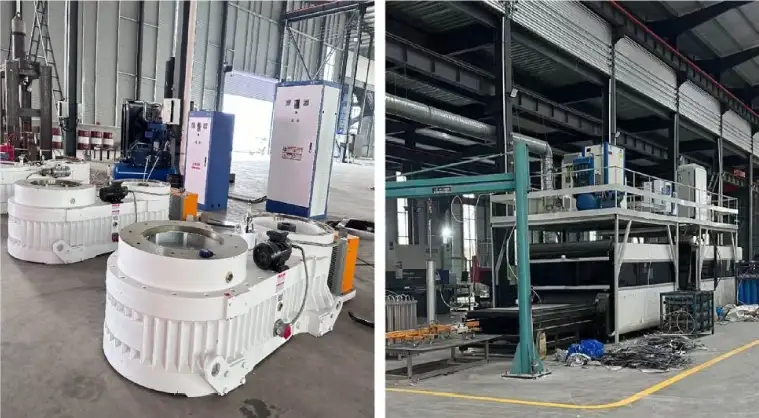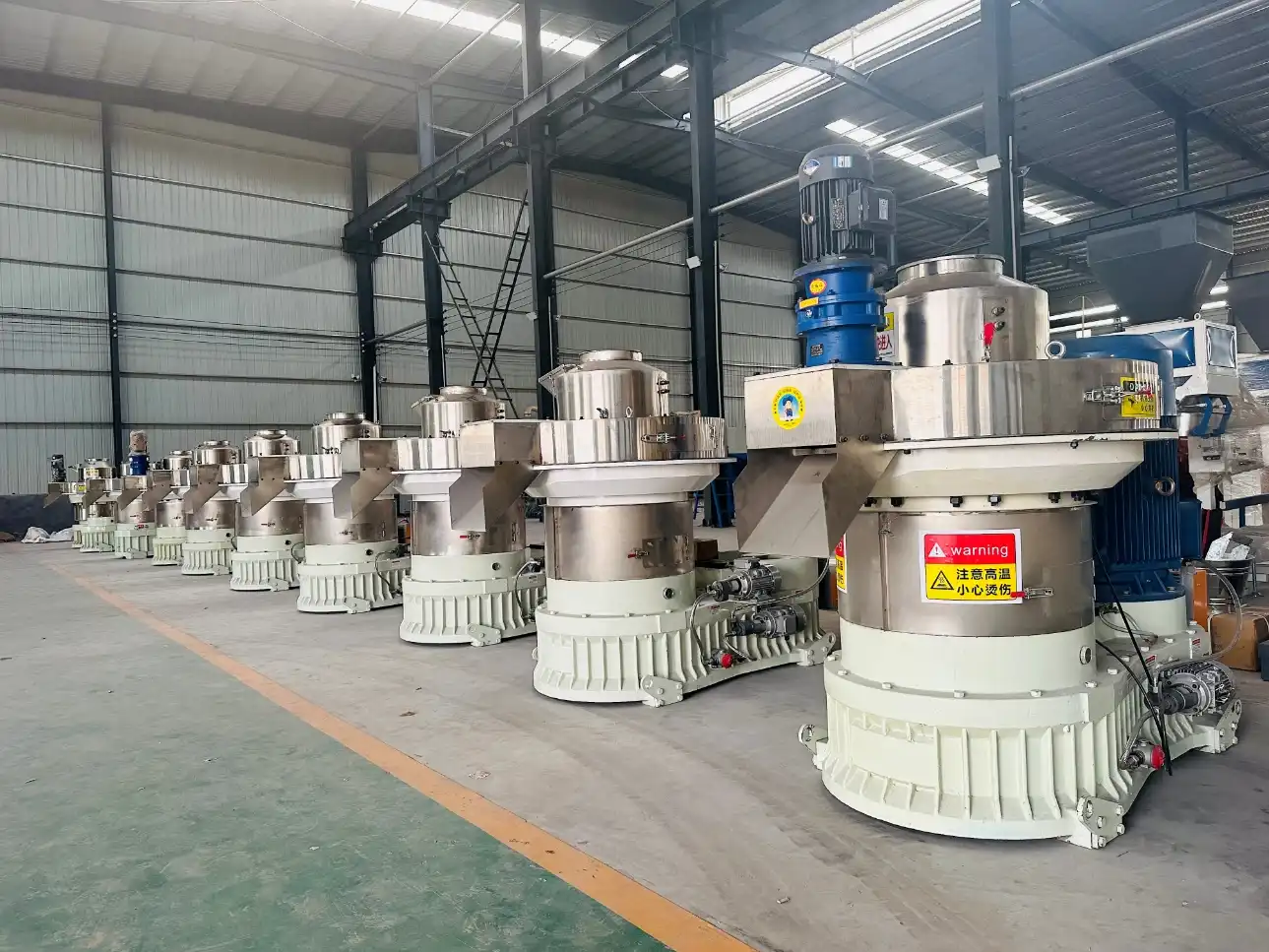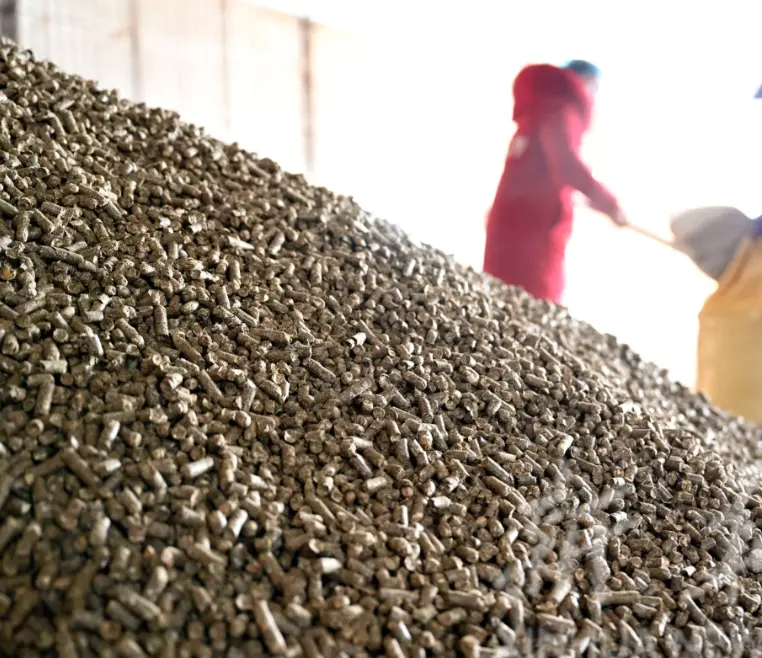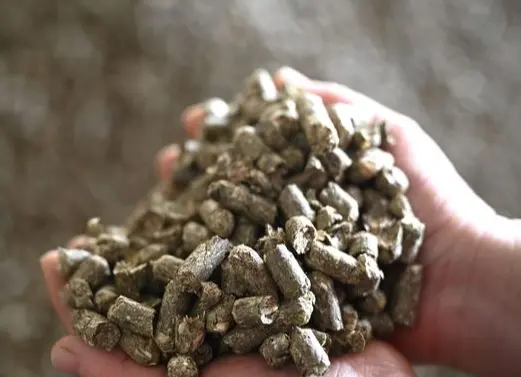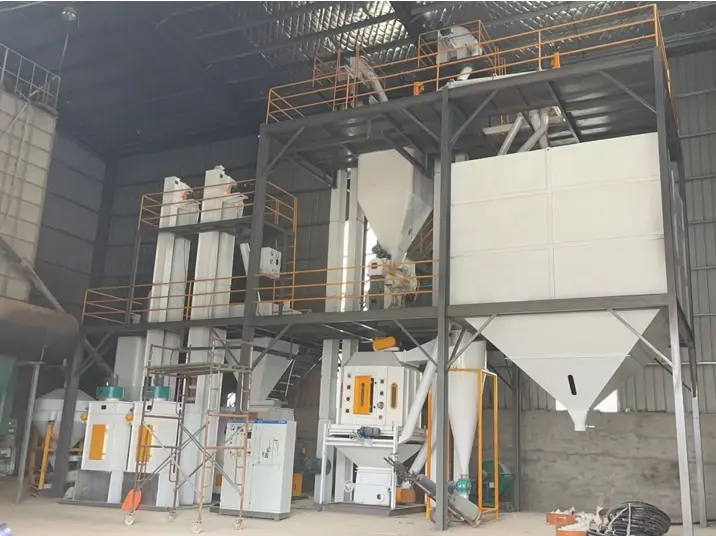
Transforming Peanut Shells: The Peanut Shell Pellet Machine
Peanut shells, often disregarded as agricultural waste due to the prevalence of shell-less peanuts in markets, can be repurposed ingeniously. The solution lies in the peanut shell pellet mill, efficiently converting these discarded shells into valuable products.
Our peanut shell pellet mill, specifically designed for this purpose, stands out for various reasons. It comes in a convenient size, perfect for home or small-scale factory use. Driven by either electric or diesel motors, its flat die and rollers, crafted from high-intensity alloy steel using carburizing and quenching technology, ensure durability and enhanced endurance.

peanut_shell_pelletspeanut_shellsPeanut-shellsThis machine isn’t limited to peanut shells; it adeptly processes various biomass materials, like rice husks and wood sawdust, into pellets sans additives. Its portability allows for ease of use anywhere desired, enabling continuous, stable, and long-term operation. Its attributes include simplicity in operation, low energy consumption, high capacity, and minimal labor requirement. Moreover, customization options are available to tailor the pellet mill to specific requirements.
Peanut shells, also known as peanut husks, constitute about 25% of a peanut’s mass. They possess a chemical composition rich in protein, lignin, cellulose, carbohydrates, with a low bulk density of 120-140 kg/m3 and an ash melting point exceeding 1200K.
|
protein
|
lignin
|
cellulose
|
carbohydrate
|
Bulk density
|
Ash melting point (K)
|
|
8.2%
|
28.8%
|
37.0%
|
2.5%
|
120-140 kg/m3
|
>1200
|

Peanut Shells

Peanut Shell Pellets
When transformed into peanut shell pellets, these small columned pellet fuels exhibit superior qualities. With a higher bulk density of 900-1100 kg/m3, they offer convenience in transportation and storage, reducing overall costs. In comparison to direct burning of peanut shells, these pellets boast longer burning times and a higher calorific value. Furthermore, they release fewer toxic or greenhouse gases, promoting environmental friendliness. Hence, peanut shell pellets are favored for their cleanliness and eco-friendly nature, suitable for personal use or commercial sale.
Specifications of peanut shell pellets
|
Calorie
|
Moisture
|
Ash
|
Density
|
|
3800-4200kcal/kg (15.8-17.5 MJ/kg)
|
11%
|
7%
|
900-1100kg/m3
|
These pellets find diverse applications, primarily in heating, cooking, and animal bedding. They significantly enhance the efficiency of household cooking and heating systems while being easily storable and promotable. Industries benefit from their long burning time and high combustion furnace temperatures, economically replacing wood, coal, and natural gas while emitting zero CO and SO pollutants.
In agricultural settings, biomass pellets fuel air heating systems for grain drying, poultry incubation, and winter heating, replacing oil and natural gas. Additionally, they serve as superior animal bedding, absorbing moisture effectively, maintaining cleanliness, and reducing waste.
The versatility and eco-friendly attributes of peanut shell pellets make them invaluable across various domains, from domestic utilities to industrial applications and agricultural enhancements. The peanut shell pellet machine stands as a transformative solution, efficiently repurposing agricultural waste into an asset.
If you need this machine, please click the link on the right to contact me!
